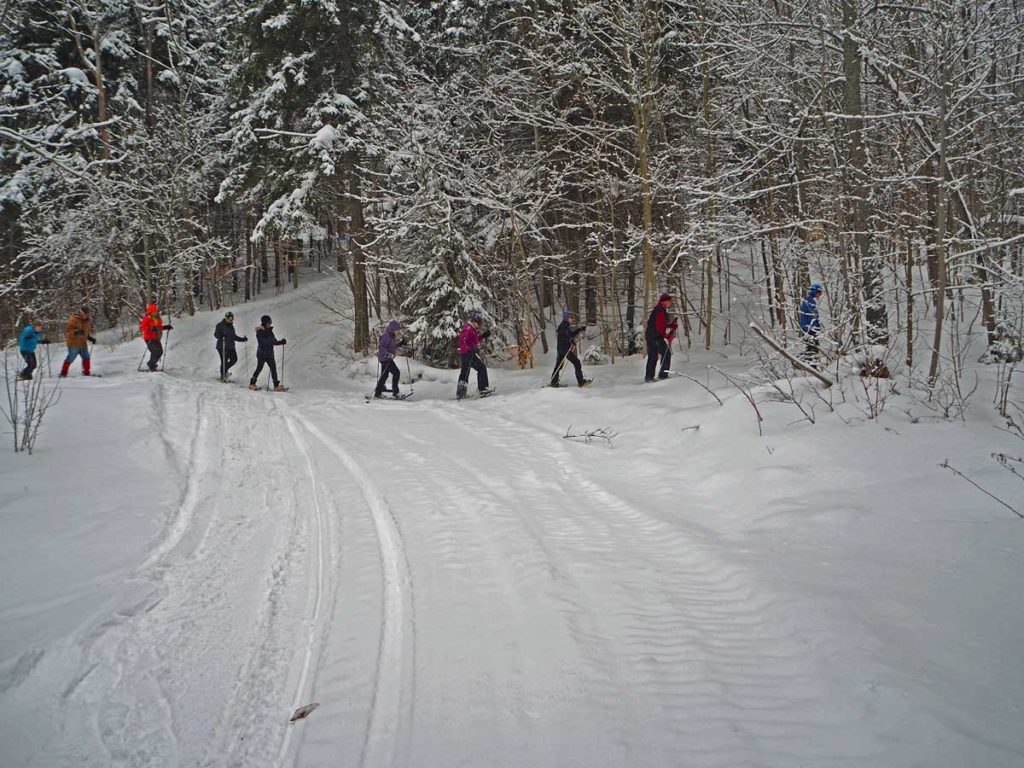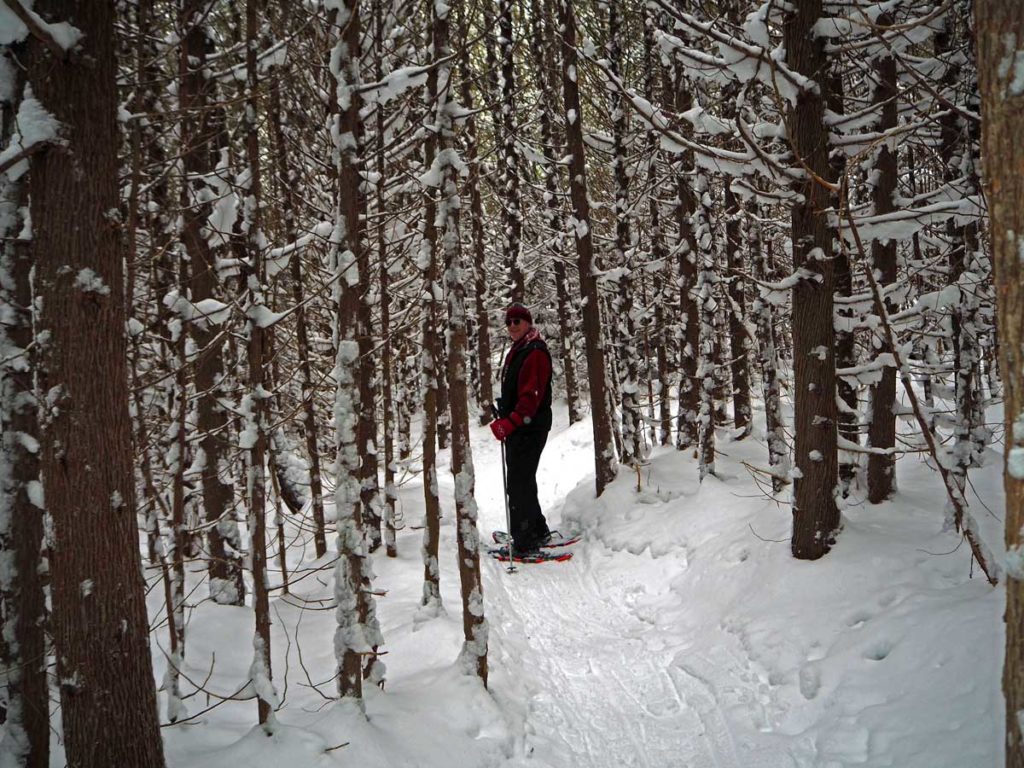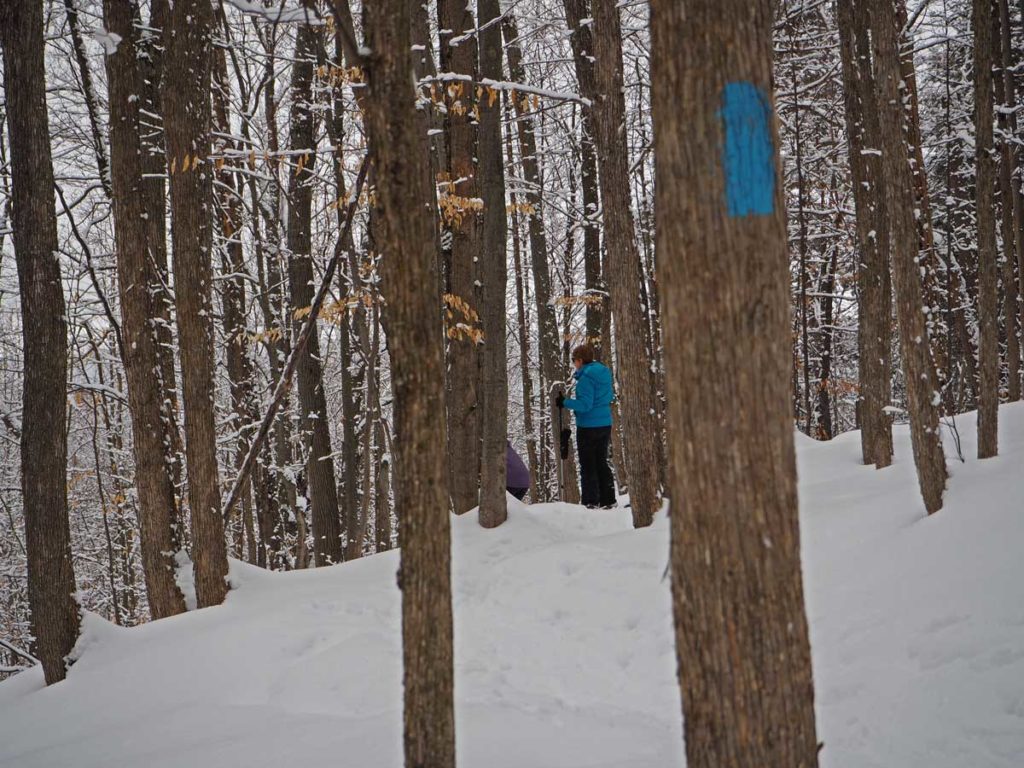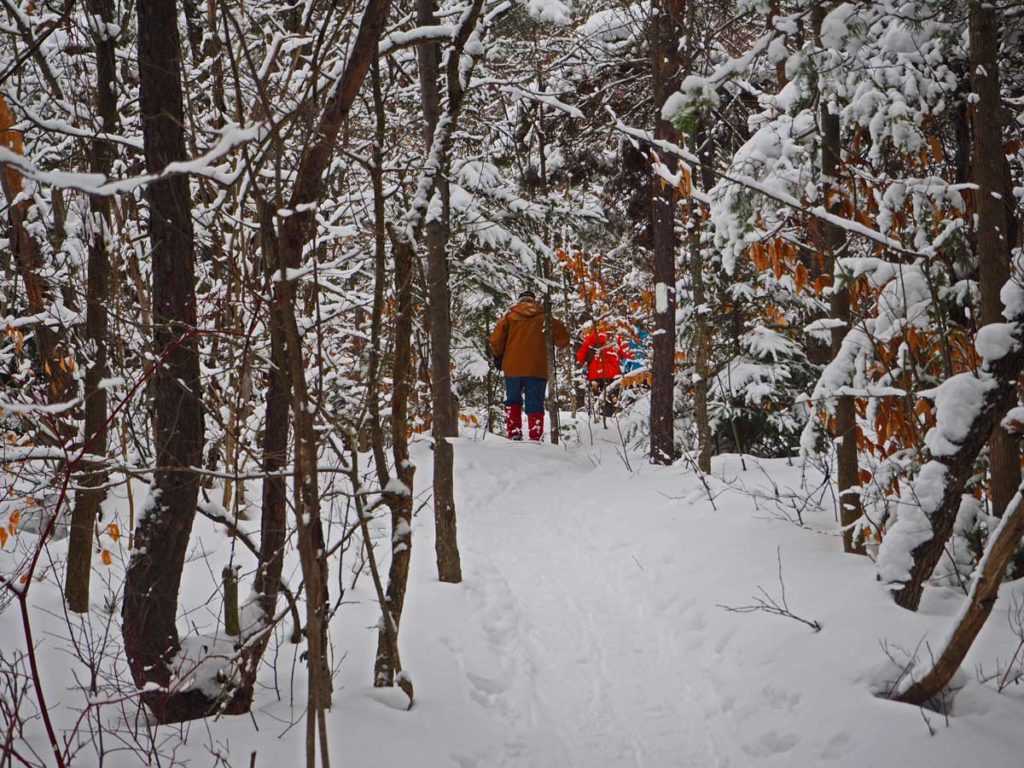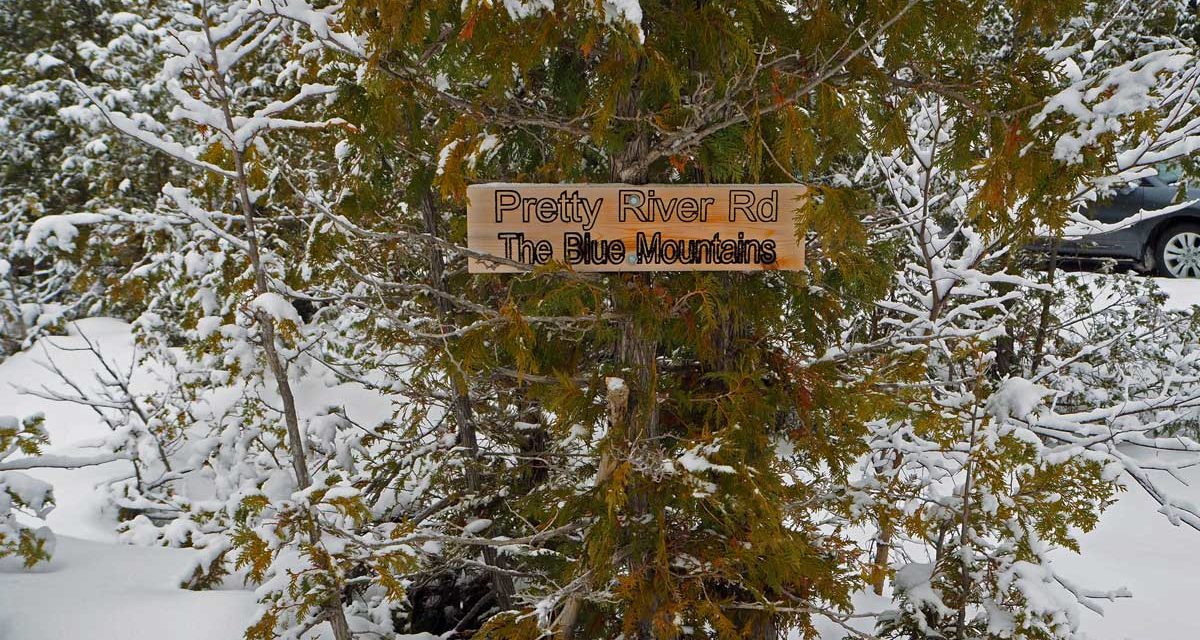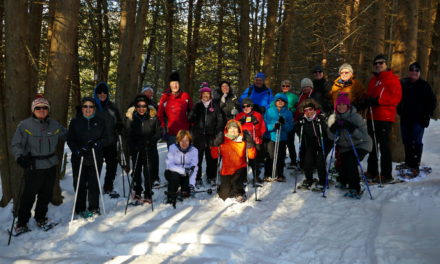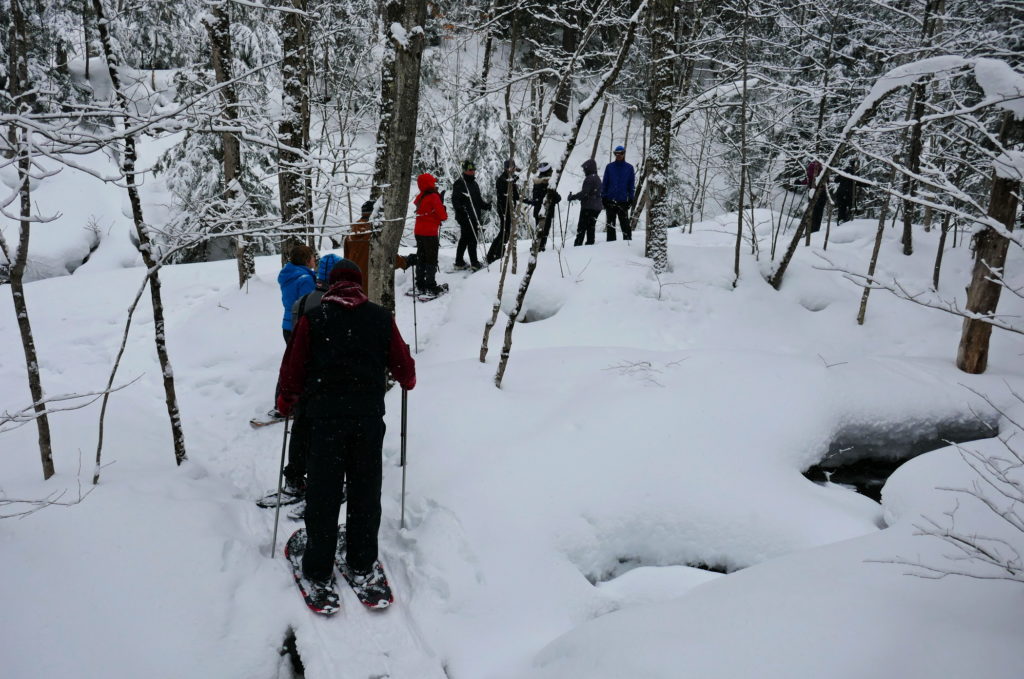
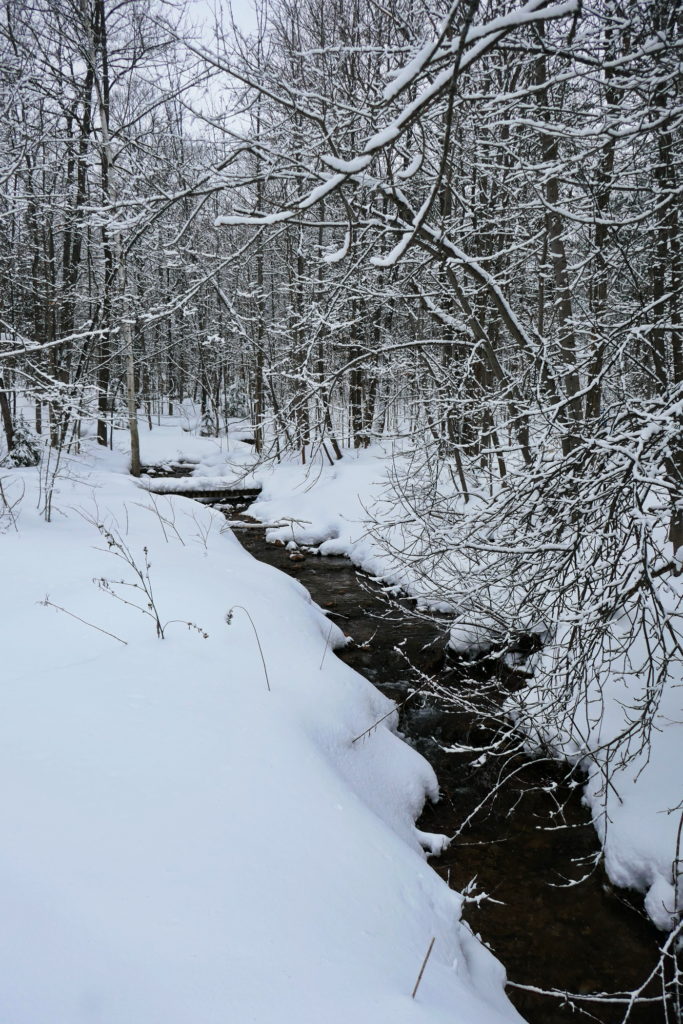

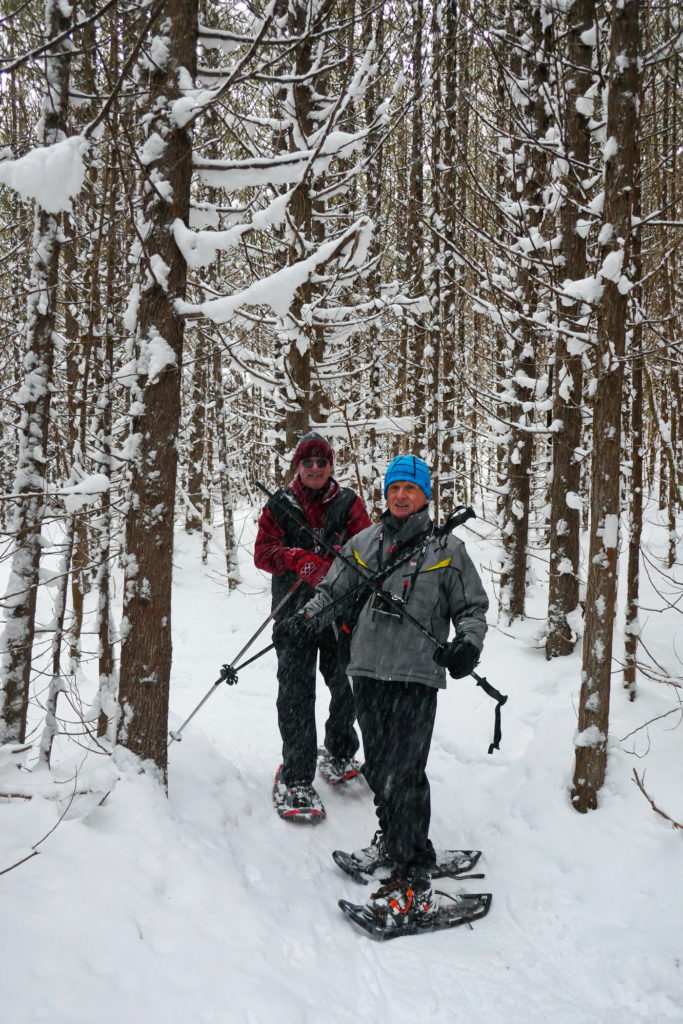 This week (Feb. 15th) we tackled the 4 km Pretty River trail with its glorious elevation rise of 200 ft following the babbling river. The trail also offers a karst* lake and is wonderfully sheltered in a dense cedar forest. This park has provincially significant geological features related to glacial and post-glacial processes along one of the highest point of the Niagara Escarpment. Features include meltwater channels, moraine and talus slopes.
This week (Feb. 15th) we tackled the 4 km Pretty River trail with its glorious elevation rise of 200 ft following the babbling river. The trail also offers a karst* lake and is wonderfully sheltered in a dense cedar forest. This park has provincially significant geological features related to glacial and post-glacial processes along one of the highest point of the Niagara Escarpment. Features include meltwater channels, moraine and talus slopes.
*Solution is another active process in the erosion of the Niagara Escarpment. Dolostone and limestone are carbonate rocks which are dissolved by the natural acidity of rainwater. Landscape created by a large amount of solution is called Karst topography. Karst features include pitting of rock surfances, crevices, and sink holes which drain surface waters down through the rocks, subterranean channels, and caves. The water that drains down through the rocks emerges at a lower level as seeps or springs which feed coldwater streams. A hike along the Bruce Trail in the Blue Mountains area gives one an opportunity to see a number of these Karst features. (Source: watershedtrust.ca)
